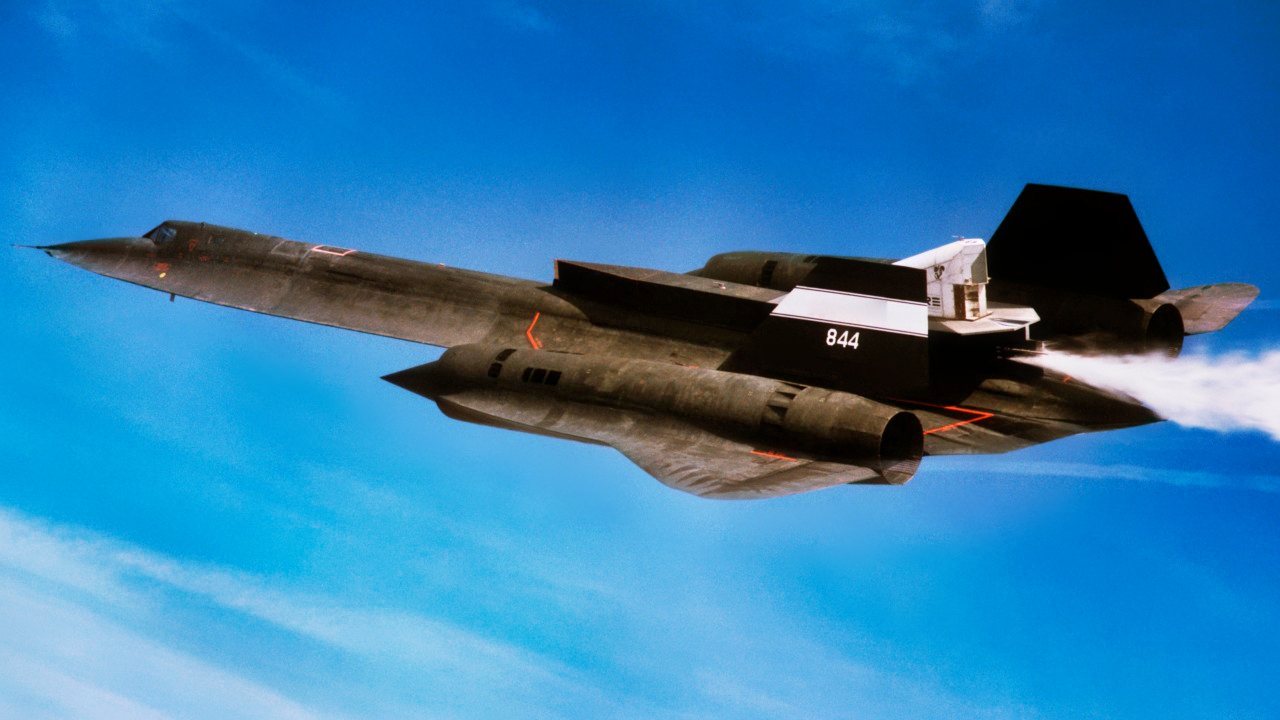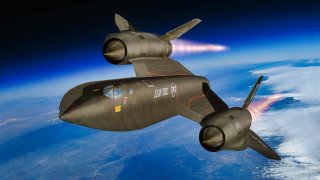Forget Retirement: SR-71 Blackbird Is the Unforgettable Fastest Plane on Earth
The SR-71 "Blackbird," developed by Lockheed's Skunk Works in the 1950s as a response to the need for a faster, higher-flying reconnaissance aircraft than the U-2, remains the fastest airframe ever flown, even six decades after its introduction.
Summary: The SR-71 "Blackbird," developed by Lockheed's Skunk Works in the 1950s as a response to the need for a faster, higher-flying reconnaissance aircraft than the U-2, remains the fastest airframe ever flown, even six decades after its introduction. Despite advancements in jet technology, the Mach-3.0 capable Blackbird, with its iconic blue-black coloration and sleek design, stands as a legendary figure in aviation history. Designed to evade Soviet surface-to-air missiles during the Cold War with its high speed and reduced radar cross-section, the SR-71 played crucial roles in intelligence missions across Vietnam, North Korea, and the Middle East. Though retired in the late 1980s due to high operational costs and maintenance demands, the Blackbird's legacy as the pinnacle of speed in the sky remains unmatched.
The Fastest Plane on Earth: SR-71
The fastest airframe to ever fly is surprisingly not a fifth-generation platform.
Introduced six decades ago, the SR-71 “Blackbird” still outpaces newer and more advanced jets. The retired Mach-3.0 airframe might be the most legendary American jet in history. Aviation buffs everywhere recognize the Blackbird’s iconic blue-black coloration, as well as its sleek look and spike-tipped engine intakes.
The History of the SR-71 Blackbird
As the Cold War heated up in the 1950s, U.S. engineers sought a sophisticated reconnaissance airframe that could provide intelligence better than the existing U-2. The Lockheed Martin-designed “Dragon Lady” was a proficient spy plane when it was first introduced in the middle of the decade. But after pilot Gary Powers was shot down over the Soviet Union in 1960, it was clear the platform was too slow to evade the USSR’s increasingly advanced surface-to-air missile (SAM) systems.
The CIA needed a spy plane that could fly higher and faster than the U-2. Lockheed’s Skunk Works division got to work, culminating in the SR-71 Blackbird.
SR-71 Specs & Capabilities
The Blackbird was designed for two requirements: high speed and minimized radar cross section. Officials hoped that the SR-71’s quick pace and its stealth would render Soviet SAMs useless. The platform was developed with twin vertical tails positioned inward, and chines around the fuselage.
Two Pratt & Whitney J58 turbojet engines powered the SR-71, producing enough thrust to push the bird to Mach 3.2. Its titanium exterior allowed the Blackbird to withstand the high temperatures produced by such speeds.

Operational History
Despite its capabilities, the Blackbird never flew missions over the USSR after the Gary Powers incident. But this formidable platform did play a critical role in the Cold War, performing missions in other important theaters including Vietnam, North Korea, and the Middle East. By the late 1980s, the SR-71 was retired. Detractors claimed the platform was costly and redundant. On average, the Blackbird cost more than $100,000 per hour to fly, and the airframe required roughly a week of maintenance between each mission, as high-speed flights often resulted in loose components.
Although the SR-71 is no longer in service, the Blackbird still holds its title as the fastest aerial platform on earth.
About the Author: Maya Carlin
Maya Carlin, National Security Writer with The National Interest, is an analyst with the Center for Security Policy and a former Anna Sobol Levy Fellow at IDC Herzliya in Israel. She has by-lines in many publications, including The National Interest, Jerusalem Post, and Times of Israel. You can follow her on Twitter: @MayaCarlin.


